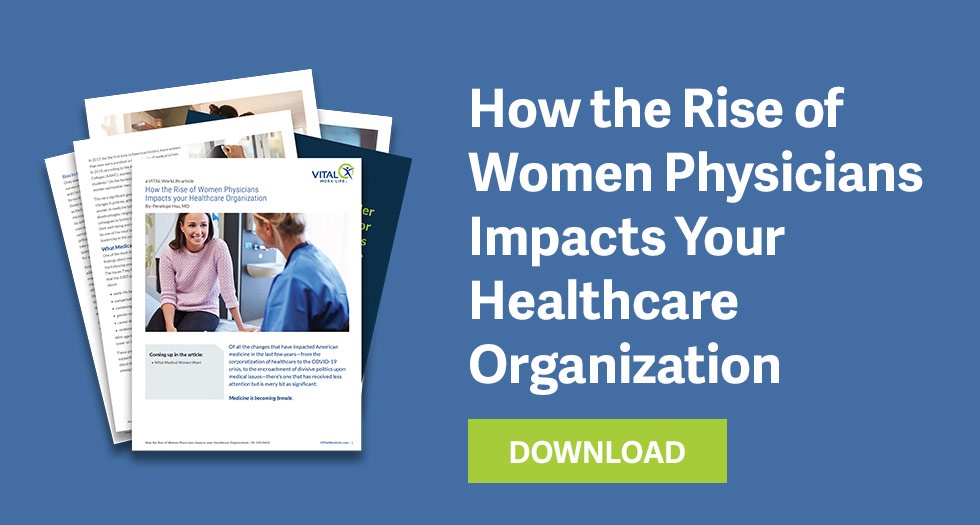What’s the difference between equality and equity? And what does it have to do with female physicians?
Equity
Equity is a word we’re hearing more and more of and is most often in connection with race. Mindful of our Constitution’s famous assertion that “all men [that is, human beings] are created equal,” we may wonder why we need the other term.
Our wonderment might increase if we are told that equity actually may demand that one group be treated differently than another. Where’s the equality in that?
The George Washington University’s Milken Institute School of Public Health’s definitions can help illuminate the issue.
“Equality,” says a November 5, 2020 blog post from the school, “means each individual or group of people is given the same resources or opportunities. Equity recognizes that each person has different circumstances and allocates the exact resources and opportunities needed to reach an equal outcome…As such, equity is a process and equality is an outcome of that process.”
 Equity and the Female Physician
Equity and the Female Physician
So, circumstances are what make the difference between the two e-words. Equity, a process rather than a product, demands that we consider the demands upon people, the details of their life situation, their historical circumstances, and other factors as we work to ensure that they have equality of opportunity and set them up to achieve reasonably equal outcomes. Such considerations will often mean that we treat them differently from those with more advantageous circumstances.
For the women of medicine, who are likely to make up the majority of physicians in the near future (as of 2019, the majority of medical students are female), supporting their mental and emotional well-being in a demanding profession under today’s extraordinary circumstances will require an equity-centered mindset.
Work-Life Balance
An example: recent research from Medscape shows that among female practitioners the three top concerns are work-life balance, compensation and combining parenthood and work. Despite progress in the domestic sphere, women who are parents in heterosexual partnerships still tend to carry a heavier child-care burden than their partners. As a result, they may need more time off than their male colleagues. At the same time, reduced work hours tend to mean fewer opportunities for promotion. Reduced opportunities for promotion limit compensation.
Equal treatment says: Male or female, parent or not, you need to be full-time in order to be a department head.
Equitable treatment says: We understand that you are a mother as well as a physician. We are going to assess your qualifications for this promotion independently of your current work schedule, and we will consider getting you support resources if we choose you for department head.
Making these kinds of equity-based judgments will be more and more important for recruiting and retaining the growing cohort of female practitioners and supporting their well-being amid the challenges of contemporary medicine.



